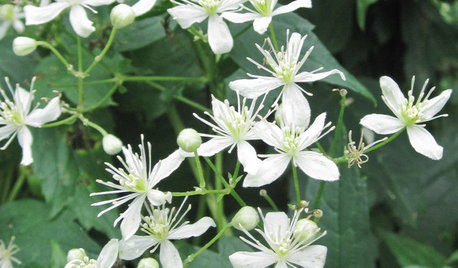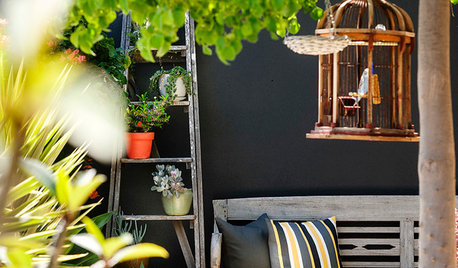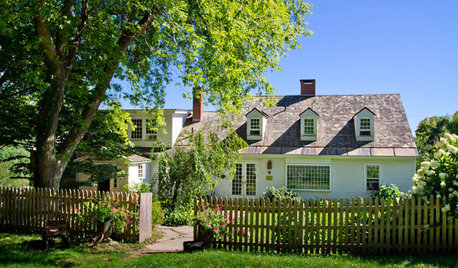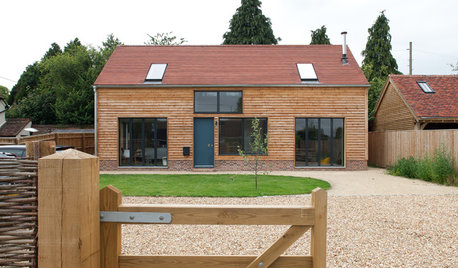Moving - How to transplant clematis?
cweathersby
16 years ago
Featured Answer
Comments (7)
carolfm
16 years agogardengal48 (PNW Z8/9)
16 years agoRelated Professionals
Accokeek Landscape Architects & Landscape Designers · Canton Landscape Contractors · Elgin Landscape Contractors · Stamford Landscape Contractors · Broadlands Landscape Contractors · Canby Landscape Contractors · Plantation Landscape Contractors · Rio Linda Landscape Contractors · Riverview Landscape Contractors · Waldorf Landscape Contractors · Whitehall Landscape Contractors · Palos Hills Landscape Contractors · New Carrollton Landscape Contractors · Greenfield Landscape Contractors · Bensenville Landscape Contractorscarolyn18810
16 years agogardengal48 (PNW Z8/9)
16 years agocarolfm
16 years agoAdgerlady
12 years ago
Related Stories

PLANTING IDEASGreat Garden Combo: Rose + Clematis for Small-Space Impact
We all need somebody to lean on. And when a rose supports a climbing vine, the results can totally transform a small garden
Full Story
GARDENING GUIDESGreat Design Plant: Clematis Virginiana
Devil’s darning needles, a vigorous vine native to eastern North America, likes partial shade and many types of soils
Full Story
LIFEThe Moving-Day Survival Kit: Lifesaving Items and Niceties
Gather these must-haves in advance for a smooth move and more comfortable first days in your new home
Full Story
MOVINGHow to Make Your Move Easier for Your Family
Say goodbye to a much-loved home and settle in quickly to a new place with these tips for transitioning
Full Story
URBAN GARDENSPlant a Garden That Can Move With You
Think mobile when planning your outdoor space and you can enjoy it wherever you move next
Full Story
BOOKSBook to Know: 'Marrakesh by Design'
A transplanted design connoisseur shares ways to conjure the enticing feel of Morocco in your home and outdoor rooms
Full Story
WINTER GARDENINGExtend Your Growing Season With a Cold Frame in the Garden
If the sun's shining, it might be time to sow seeds under glass to transplant or harvest
Full Story
MOVINGMaking a Home Away From Home
Feeling like a stranger in a strange land? These tips can help ease the transition after a big move
Full Story
LIFECreate a 'Forever House' Connection
Making beautiful memories and embracing your space can help you feel happy in your home — even if you know you'll move one day
Full Story
HOMES AROUND THE WORLDHouzz Tour: Contemporary Family Home Blends In With Its Rural Setting
This new build is modern, open and full of light, yet it fits in with its traditional English backdrop
Full Story






cweathersbyOriginal Author